The Trump administration wants to split up asylum-seeking families to deter illegal immigration
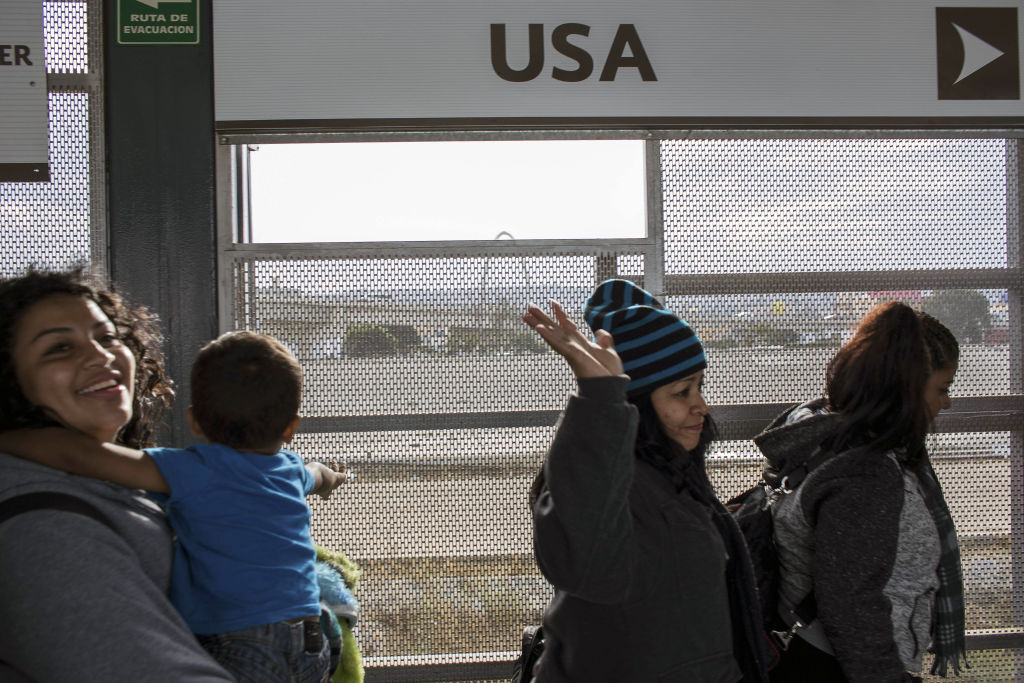

In March, White House Chief of Staff John Kelly, then secretary of homeland security, publicly floated separating parents seeking asylum at the U.S. border from their children and detaining them in separate facilities, as a punitive way to deter illegal immigration from violence-torn Central America. The plan was shelved after a public backlash and amid low immigration numbers, which the White House credited to the "Trump effect," or deterrence through aggressive arrests and tough talk.
Now, the number of immigrants arrested crossing the U.S.-Mexico border is rising — to 29,086 in November, including 7,018 families, from 11,677 apprehensions in April — and the policy of splitting up families is back, approved by the White House and U.S. Immigration and Customs Enforcement (ICE) and awaiting approval by Kelly's successor, new DHS Secretary Kirstjen Nielsen, The Washington Post and The New York Times report. It is still controversial, even among some immigration hardliners at DHS, but the idea has support in the Trump administration. "People aren't going to stop coming unless there are consequences to illegal entry," a DHS official tells the Post.
Even without a formal policy, at least 150 familes have been split up this year, the Times reports, citing the case of José Fuentes, a Salvadoran who presented himself to immigration officials at the border with his 1-year-old son, Mateo, saying they feared death from rampant gang violence. Fuentes was sent to California and his son housed in Texas. For six days, Fuentes and his wife, Olivia Acevedo, who is in Mexico with their other son, didn't know where Mateo was.
Subscribe to The Week
Escape your echo chamber. Get the facts behind the news, plus analysis from multiple perspectives.

Sign up for The Week's Free Newsletters
From our morning news briefing to a weekly Good News Newsletter, get the best of The Week delivered directly to your inbox.
From our morning news briefing to a weekly Good News Newsletter, get the best of The Week delivered directly to your inbox.
ICE spokeswoman Liz Johnson told the Times that Mateo was separated from his dad "out of concern for the child's safety and security" because Fuentes did not have sufficient proof he was Mateo's father. Acevado said she was finally able to see Mateo last week in a five-minute video call, and he cried the entire call. "It's a form of torture," she said.
Sign up for Today's Best Articles in your inbox
A free daily email with the biggest news stories of the day – and the best features from TheWeek.com
Peter has worked as a news and culture writer and editor at The Week since the site's launch in 2008. He covers politics, world affairs, religion and cultural currents. His journalism career began as a copy editor at a financial newswire and has included editorial positions at The New York Times Magazine, Facts on File, and Oregon State University.
-
 Learning loss: AI cheating upends education
Learning loss: AI cheating upends educationFeature Teachers are questioning the future of education as students turn to AI for help with their assignments
-
 Why Iranian cities are banning dog walking
Why Iranian cities are banning dog walkingUnder The Radar Our four-legged friends are a 'contentious topic' in the Islamic Republic
-
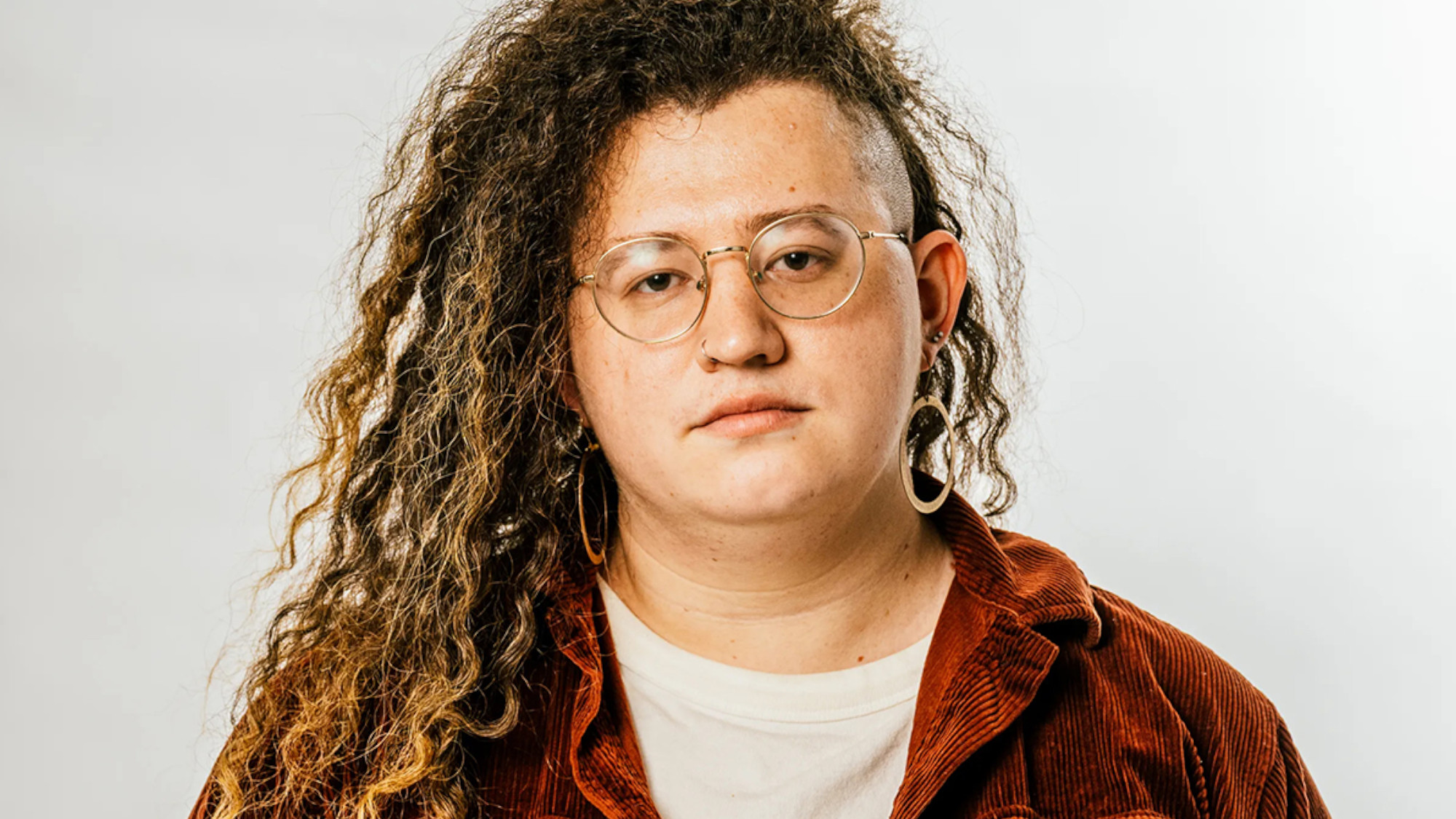 Andrea Long Chu's 6 favorite books for people who crave new ideas
Andrea Long Chu's 6 favorite books for people who crave new ideasFeature The book critic recommends works by Rachel Cusk, Sigmund Freud, and more
-
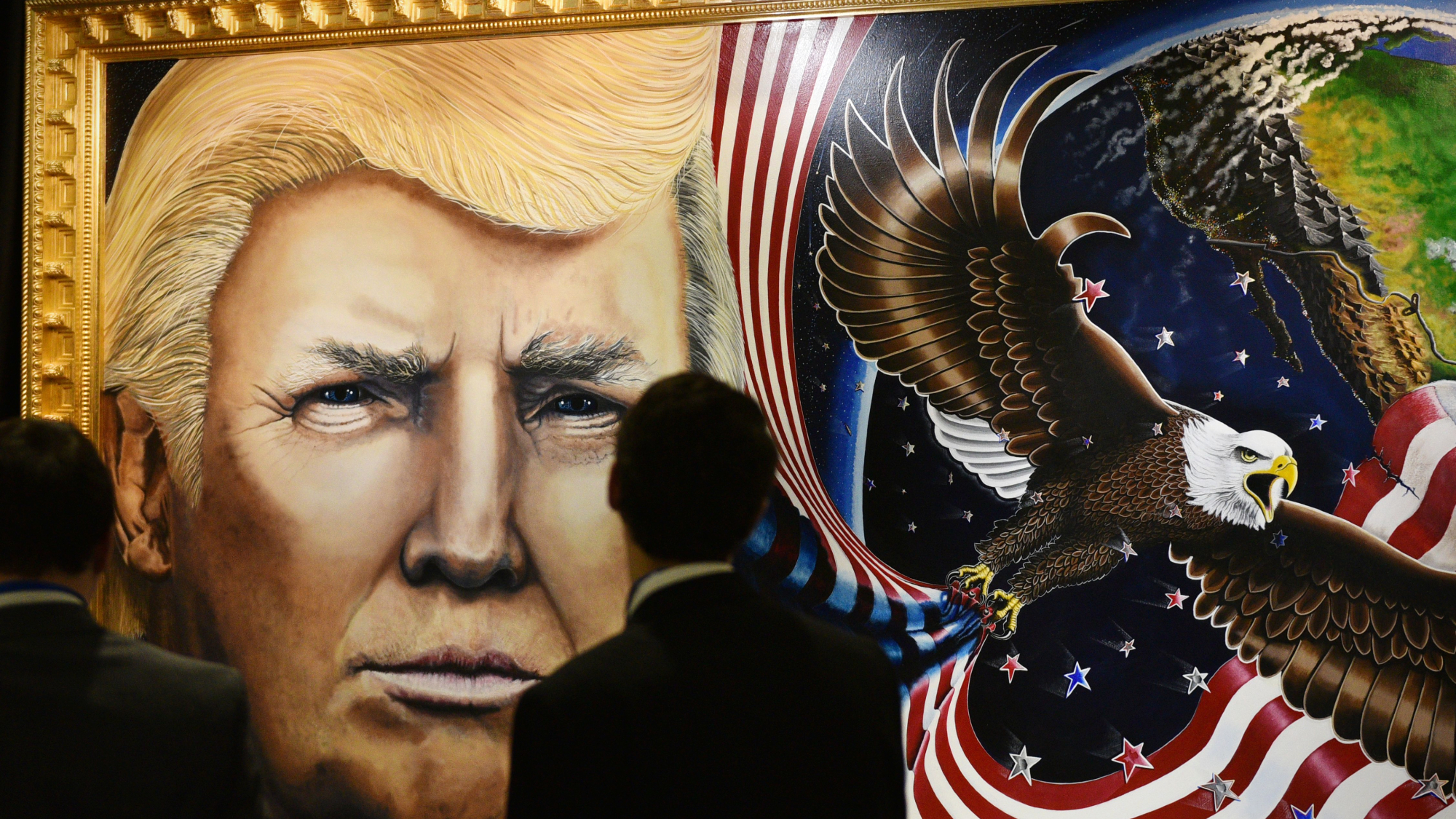 Smithsonian asserts its autonomy from Trump
Smithsonian asserts its autonomy from Trumpspeed read The DC institution defied Trump's firing of National Portrait Gallery Director Kim Sajet
-
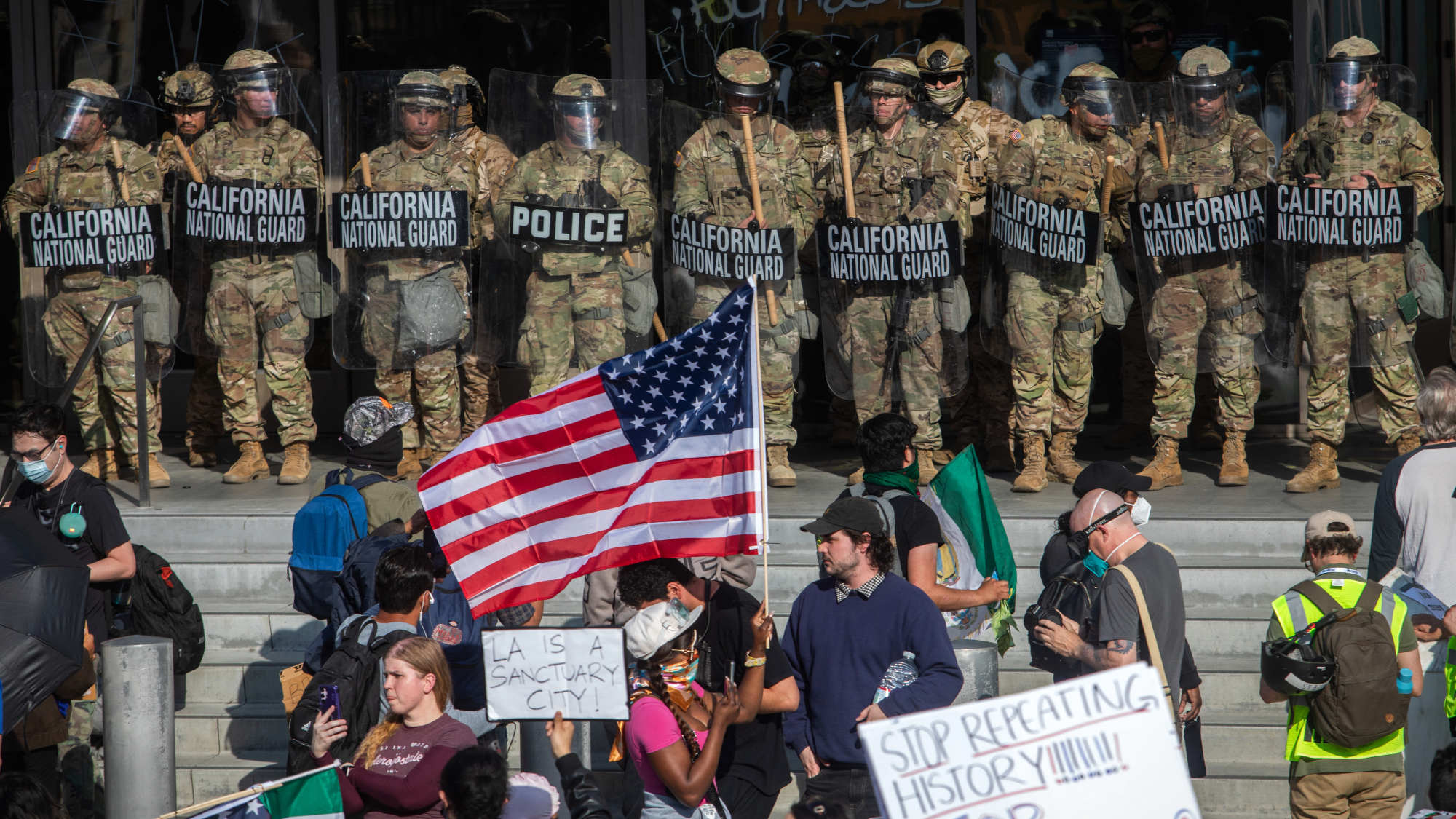 Trump sends Marines to LA, backs Newsom arrest
Trump sends Marines to LA, backs Newsom arrestspeed read California Gov. Gavin Newsom is filing lawsuits in response to Trump's escalation of the federal response to ICE protests
-
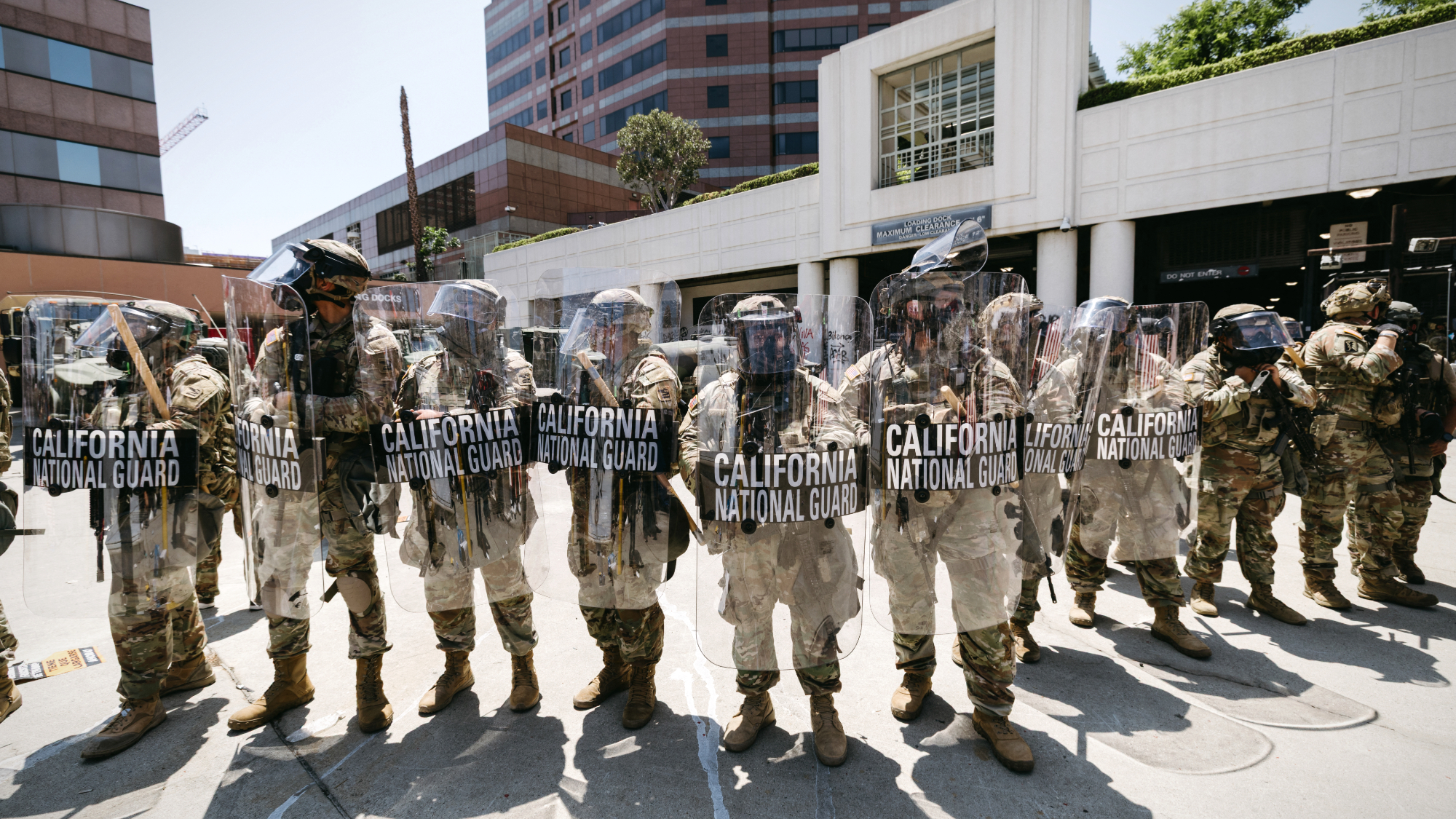 Trump foists National Guard on unwilling California
Trump foists National Guard on unwilling Californiaspeed read Protests erupted over ICE immigration raids in LA county
-
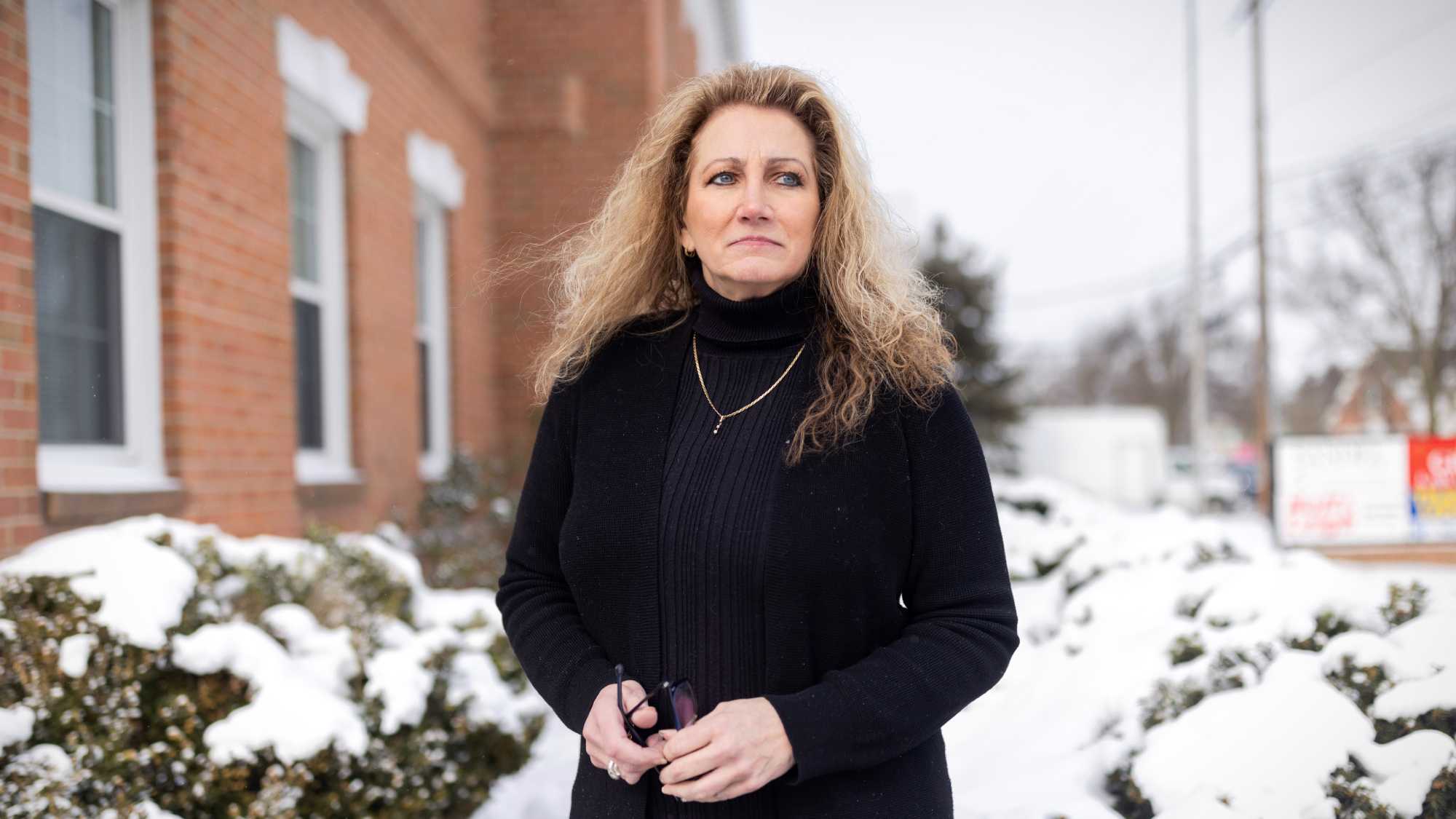 Supreme Court lowers bar in discrimination cases
Supreme Court lowers bar in discrimination casesspeed read The court ruled in favor of a white woman who claimed she lost two deserved promotions to gay employees
-
 Trump-Musk relationship implodes in taunts, threats
Trump-Musk relationship implodes in taunts, threatsspeed read Musk said Trump's multitrillion bill would cause a recession and accused the president of involvement with Jeffrey Epstein
-
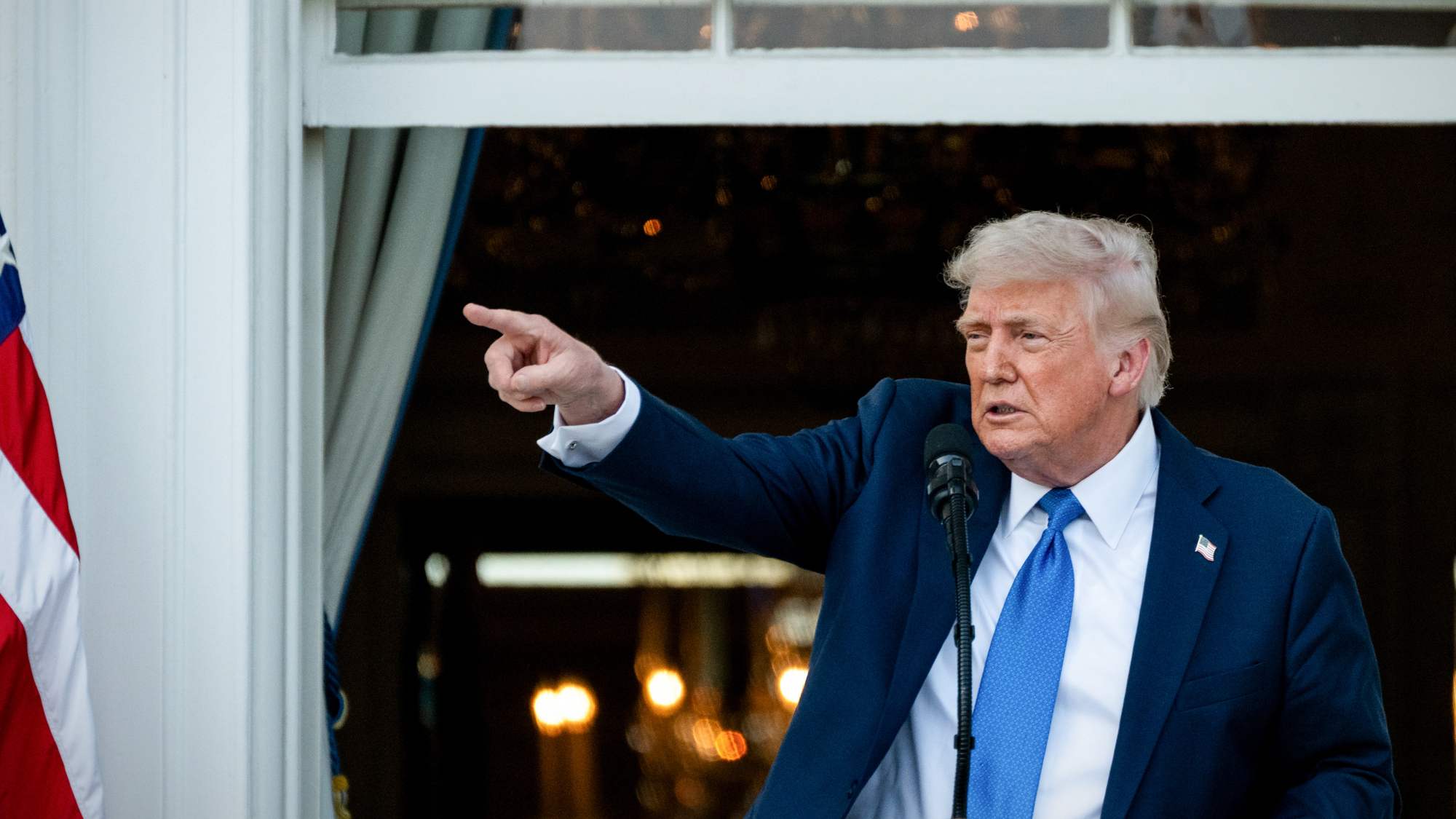 Trump hits Africa, Middle East with new travel ban
Trump hits Africa, Middle East with new travel banSpeed Read The travel ban bars visitors from 12 countries and restricts entry from seven
-
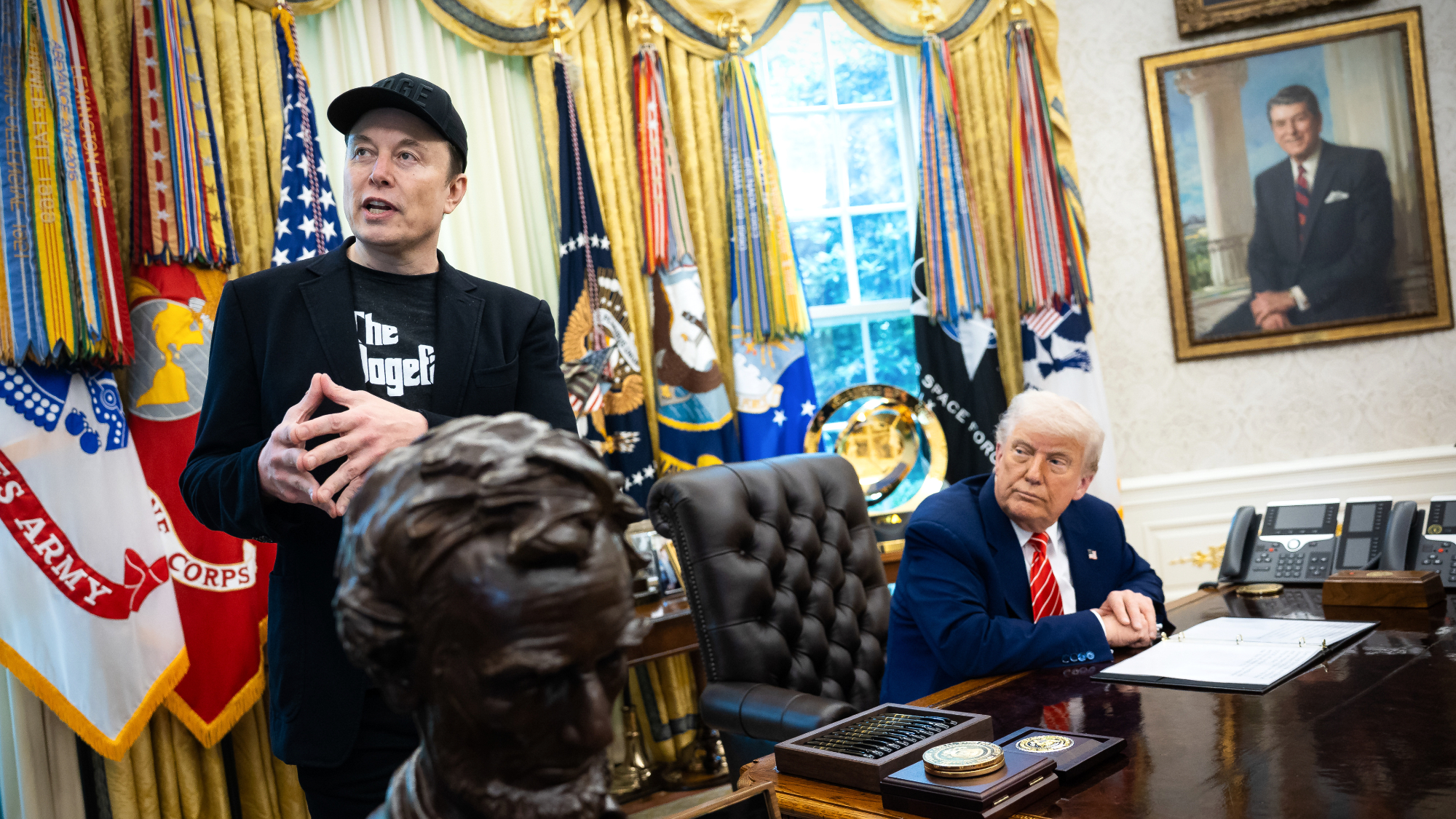 Elon Musk slams Trump's 'pork-filled' signature bill
Elon Musk slams Trump's 'pork-filled' signature billspeed read 'Shame on those who voted for it: you know you did wrong,' Musk posted on X
-
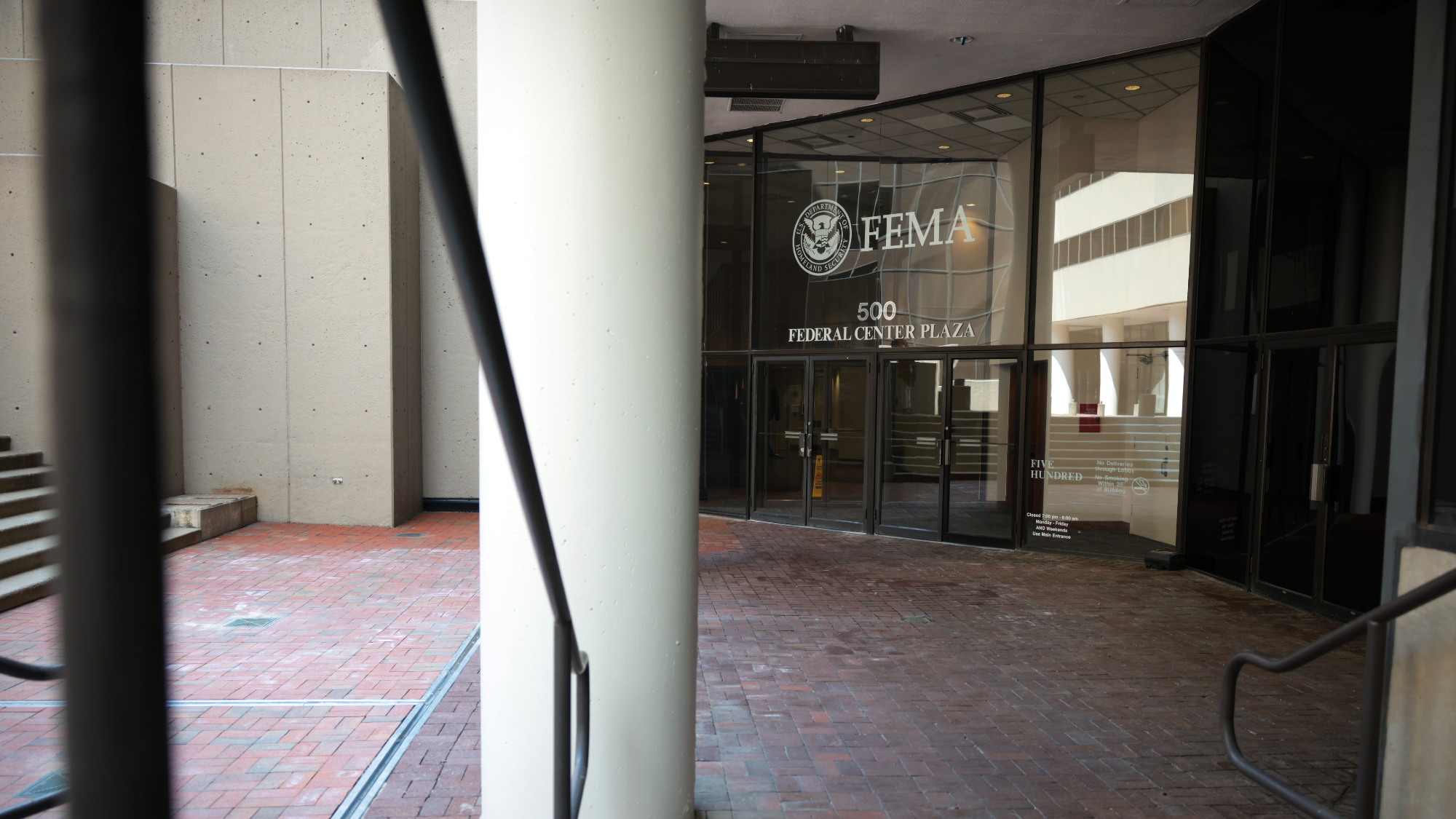 Depleted FEMA struggling as hurricane season begins
Depleted FEMA struggling as hurricane season beginsspeed read FEMA has lost a third of its workforce amid DOGE cuts enforced by President Donald Trump
